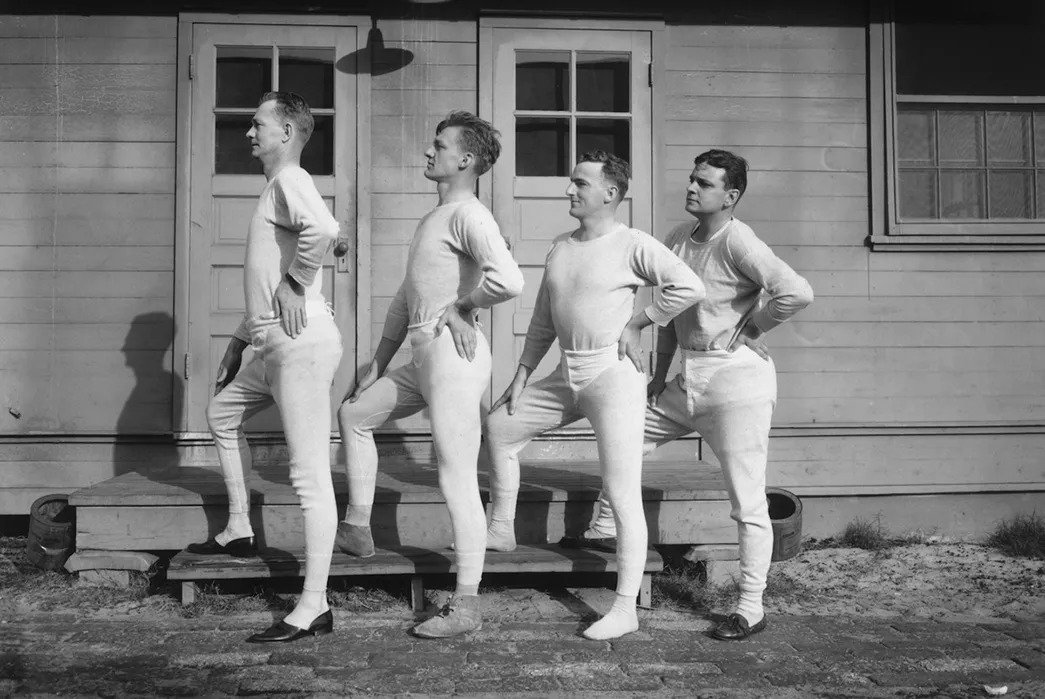
How 19th-century activists ditched corsets for one-piece long underwear
In the 1870s, many female tourists to Manhattan sought out the city's most curious boutiques—underwear stores that sold what was called “ladies' hygienic underdress.”
“Through sheer weariness they may have omitted Central Park, passed by Stewart's, and forgotten Tiffany, but the 'chemiloon' is a thing to be remembered even when the feet are blistered and the back aches with premonitory pains of malarial fever,” New York World reported in 1876. “There exists a deplorable ignorance regarding the nature and fashion of this mysterious garment, or rather combination of garments, which was introduced in whispers and is not yet discussed in ordinary tones. 'What is it?' is still the question of the masses.”
The “chemiloon,” or union suit as it was often called, was the predecessor of long johns and today's onesie—the one-piece pajamas you reach for before settling in with a cup of hot chocolate. Sure, when most people think of onesie pajamas, they probably zero in on the red flannel, full-body underwear with the bum flap—worn by the likes of Paul Bunyan, or by men with a predisposition for thick mustaches—not 19th-century women’s intimate drawers. But the now “male coded” union suit was actually a game changer in the women’s rights and dress reform movements.
Dress reform movements freed women from painful corsets, heavy bustles and disease-sweeping long skirts. “The great weight of their cloth dresses and huge cushioned bustles is something terrible to think of,” The Daily Republican wrote in 1886. “Steels were put into their dress skirts to make them stand out. The weight of the goods crushed the corners of these steels and drove them into the flesh of women's backs, till in some cases the skin was actually scraped off their bodies as they walked.” The union suit undergarment was touted as a healthier alternative to corsets, first during the more radical women’s rights movement that fought for equality from 1850 to 1870, and then during the post-1870 movement that was run by upper-class clubwomen in social organizations who finagled reform by working within the confines of their gender norms.
Read the full article on Smithsonian.